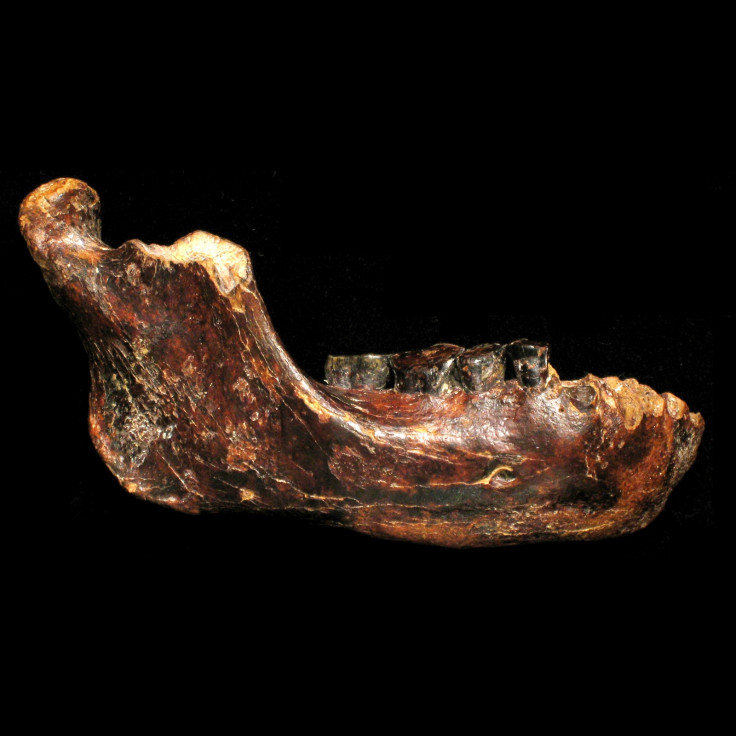Ancient human fossil points to mysterious new primitive species that inhabited Asia

A human fossil of a lower jaw, dating back to almost 190,000 years ago, discovered from the seafloor near Taiwan is believed to belong to an unknown, primitive group of humans who inhabited Asia.
The finding suggests that multiple lineages of extinct humans may have coexisted in Asia before the arrival of modern humans in the region about 40,000 years ago.
Further studies will confirm if the jaw belongs to yet another distinct hominin species.
The extinct hominin group of species consisting of humans and all sub-species after the split from the chimpanzee lineage include Neanderthals, the closest relatives to modern human who lived in Europe; homo eructus thought to be our immediate ancestors, the denisovans in Asia, and tiny hobbit-like homo floresiensis who inhabited Indonesia.
Initial analysis of trace elements in the nearly complete right side of a lower jaw with primitive-looking teeth suggests the hominin probably lived between 10,000 and 190,000 years ago.
"We need other skeletal parts to evaluate the degree of its uniqueness," study co-author Yousuke Kaifu, a paleoanthropologist at Japan's National Museum of Nature and Science in Tokyo, told Live Science. "The question of species can be effectively discussed after those steps."
The jaw and its teeth look unexpectedly primitive for the determined age, the researchers said.
During the Pleistocene Epoch, from about 2.6 million years ago to 11,700 years ago, humans generally evolved smaller jaws and teeth, but Penghu 1, the new fossil from Taiwan appears larger and more robust than older Homo erectus fossils from Java and northern China.
Penghu 1 resembles a 400,000-year-old fossil from Hexian, in southern China, some 950 km north of the Penghu Channel. The scientists say the fossils could represent a distinct group of archaic humans.
The fossil was found from the seafloor below the surface of the Penghu Channel, 25 kilometers off the western coast of Taiwan.
The channel was part of the Asian mainland during the last ice age, when sea levels were lower.
New species?
"This jaw is clearly not from a modern human and the proposal that it may belong to an ancestor related to, or a descendant of, Homo erectus is a reasonable one," Bernard Wood of George Washington University's Center for the Advanced Study of Human Paleobiology, told Discovery News.
The "short and wide" jawbone with its "large teeth," has foxed experts who say it looks more primitive than the "Peking Man" remains from Zhoukoudian, China, but also displays common features with the ancient Homo heidelbergensis, as well as Homo erectus and even Denisovans.
A recent study based on fossil findings from a cave in northern China comprising skull fragments, and nine teeth from four individuals had hinted at a possible new species that roamed the region between 60,000 and 120,000 years ago.
Or, the fossils could be the result of interbreeding between two of the known species. The teeth do not resemble those of modern humans, H. Sapiens but share some features with H. erectus and Neanderthals.
© Copyright IBTimes 2025. All rights reserved.





















